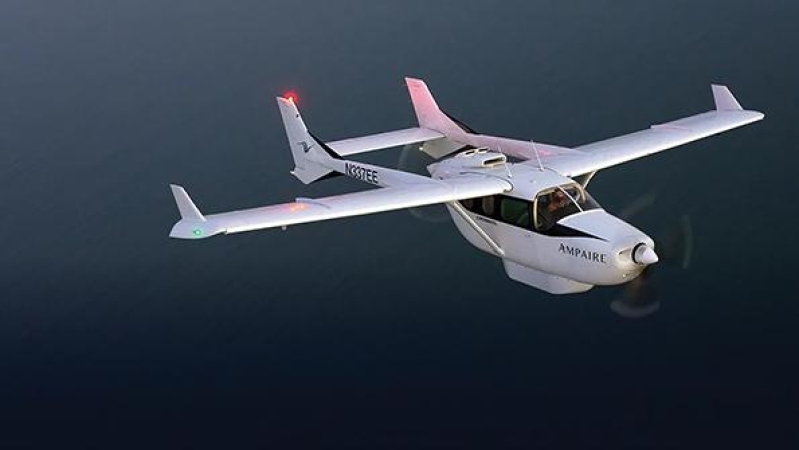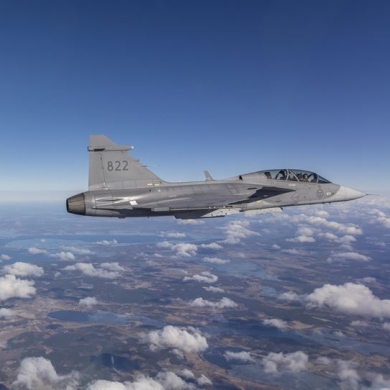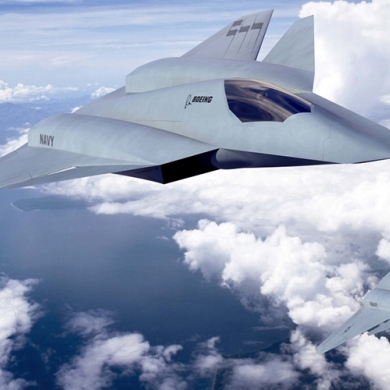3 août 2020
Canadian companies eligible for UK – US International Space Pitch Day (deadline Aug 19)
Marc Boucher July 31, 2020 Business, News Leave a comment An email was recently circulated from the U.S. Embassy in Montreal regarding a new competition jointly organized by U.S. and the UK called the International Space Pitch Day that is open to “space entrepreneurs” around the world. The registration questionnaire deadline for the International Space Pitch Day is Wednesday, August 19, 2020 7:00 a.m. EDT (12:00 p.m. BST). Proposals must then be submitted by 7:00 a.m. EDT (12:00 p.m. BST) on Wednesday, September 2nd, 2020. The email provides the following information: The International Space Pitch Day is a joint U.S. – UK initiative that aims to find, fund and fast-track innovation and technology that gives advantage to military operations in space. The competition is open to innovators from all over the world and delivered through the UK Defence and Security Accelerator (DASA). The endeavour is jointly funded by the UK's Defence Science and Technology Laboratory (Dstl), Royal Air Force and the U.S. Air Force. A grand coalition of Dstl, DASA, Royal Air Force, UK Strategic Command, the U.S. Air Force, U.S. Space Force, and the North Atlantic Treaty Organisation (NATO) has been assembled to find, fund, and fast-track the best ideas from start-up innovators to the front line. The competition is seeking solutions to six challenges set by the U.S. and UK Space teams: Visualisation of key events and information for combined space operations with allies and commercial partners. Understanding current satellite systems relevant to the operations of a particular commander. Understanding the present and potential impact of space weather on users across all domains. Provision of training against realistic threats and opportunities, incorporating live data, and integrating space across multiple domains. Enabling common and user-defined operational pictures to support multi-national space domain awareness and command and control. A verification and comparison tool for Space domain awareness, which can take orbital observation data from a variety of sources and in a variety of formats and produce a single, reliable operational picture. £800k (approximately US$1M) is available to fund up to 15 proposals, with a maximum value of £53k (approximately US$67k) each. The duration of each of the funded projects is to be no longer than 3 months.



